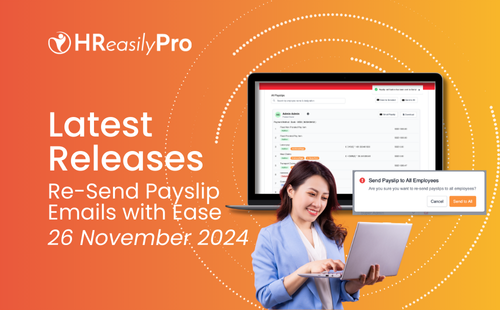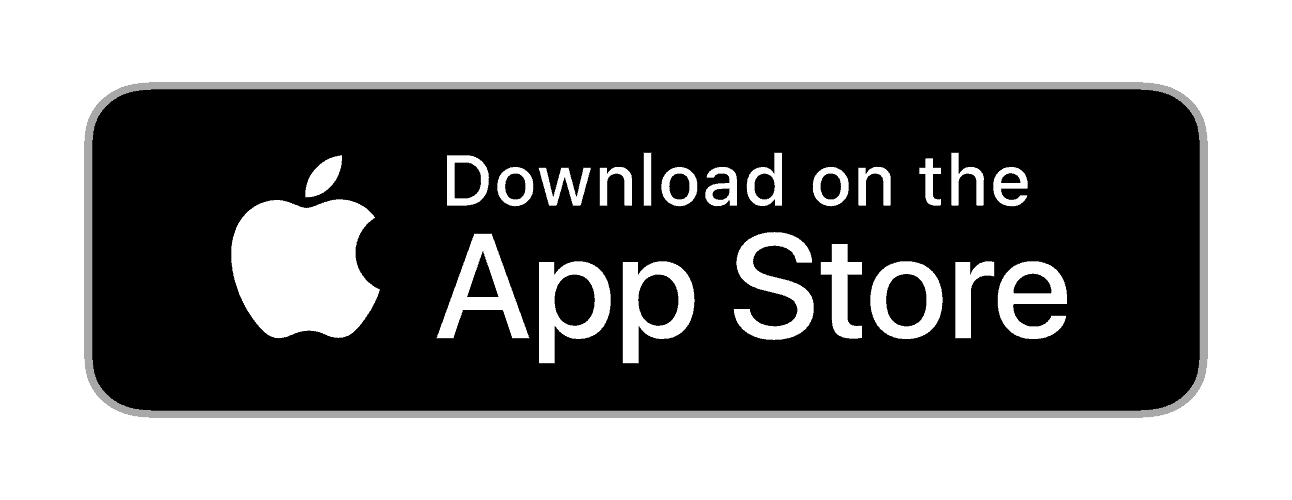HR tech platforms need to remain relevant to the changing needs of SMEs.
Singapore is often lauded as one of the most technologically advanced countries in the world.

Yet, in terms of human resource (HR) management, many companies in Singapore tend to resist or overlook the implementation of relevant HR tech.
This year, a study conducted by Randstad Sourceright ranked Singapore fifth in the world for HR tech adoption, trailing Sweden, US, UK, and China. This is a jump of seven places compared to last year, but more can still be done, considering the level of infrastructure and support available here.
The top concern about HR tech cited by Singapore companies in the study was a reduced human touch in the workplace, followed by a loss of skilled workers and investment cost. But HR tech, which comprises a variety of features and functions, is not about eliminating workers from the HR department.
Currently, many HR personnel in Singapore have to wear different hats. They are tasked with carrying out a wide range of duties, from the sourcing of new workers to overseeing compensation and benefits.
There are common challenges which HR personnel face. For example, the current laws and regulations (and when they change), adapting to innovation, and the technical aspect of having non-consolidated information.
Adopting HR tech can both enable and empower HR personnel. It serves to reduce the cost and time involved in many of those manual processes, freeing up workers to focus on more productive and less mundane tasks.
Payroll automation software, in particular, is one of the most effective and popular solutions. Rather than having to create numerous rows of spreadsheet tabs to record attendance, overtime and deductions, such software reduces the process to within minutes.
Good payroll software should also be able to generate and update payslips automatically, accommodate different pay scales, and comply with tax regulations. Payroll automation helps to avoid mistakes made through manual processes, which can lead to the overpayment or underpayment of employees.
Worse still, it can lead to costly fines, since companies are required by law to keep complete and accurate employee records.
Popular HR tech solutions in the market include leave management and claim applications, which can all be integrated into a single platform.
HR tech platforms should offer digital capabilities to manage employment contracts and documentation, leave management, claims management, attendance management and payroll.
Regarding payroll, the system has to automate the calculation of payroll, CPF and contributions. It is also better to generate digital payslips, and have the ability to generate tax forms. Integrating with Accounting Software partners provides a more seamless accounting of payroll.
Partnering with global payments technology companies can also allow firms to use a commercial card to pay for salaries and expense claims to their employees.
Regarding the challenge of leave management, owners of a casual dining restaurant based in Singapore found there was a lack of transparency and accuracy when tracking the working hours of its staff. Administrative tasks were highly laborious and took up many hours in a day due to a reliance on manual processes.
One of the ways to solve this was to provide a cloud system where employee documents and data were filed away on a secure cloud server, with access available on mobile or desktop apps.
The business owners can now file and approve leave and claims digitally anytime, anywhere. Staff can also clock in and out on the mobile application, making for a smooth attendance tracking process.
With a software-as-a-service platform, manual filing processes and tasks are eradicated or drastically reduced.
In the long run, HR tech software, which is often subscription-based, can lead to immense time and cost savings.
Some 20 per cent of 300 companies surveyed around the world experienced a decrease in HR personnel costs following the adoption of technology.
But, it is not enough to just choose and employ the right HR tech software. Business leaders themselves need to be flexible and willing to change. A common misstep among Singapore business leaders is that they tend to overlook HR practices, focusing on other aspects of their business first.
However, people will always be the backbone of a company, and a company will not be able to function if simple but tedious administrative tasks are distracting the main workflow.
Companies also need to be ready for changes in their operating procedures, be it through standardisation or making certain compromises. The same survey revealed that while 73 per cent of business processes can be accommodated with technology, on average, organisations had to adjust 45 per cent of their HR-related processes in some form or another.
A Committee of Inquiry (COI) found that it was a result of lapses by employees who ignored warning signs of a potential breach, and vulnerabilities with the system.
For example, an IHiS employee was singled out for misunderstanding what constituted a security incident and failed to comply with incident reporting processes. A senior manager of IHiS’ security management department was also reluctant to raise the alarm to his superiors despite knowing about suspicious logins to the patient database, for fear of working “non-stop” to “deliver answers” to top management.








